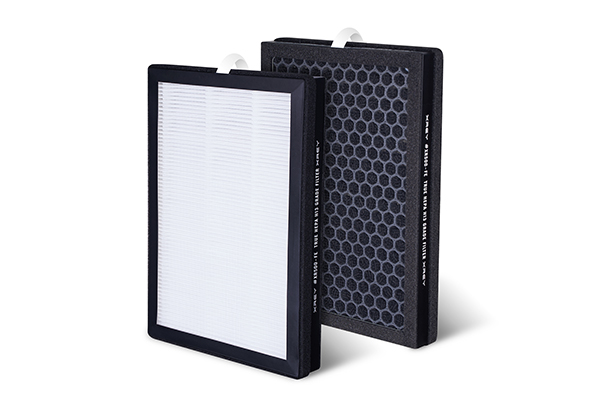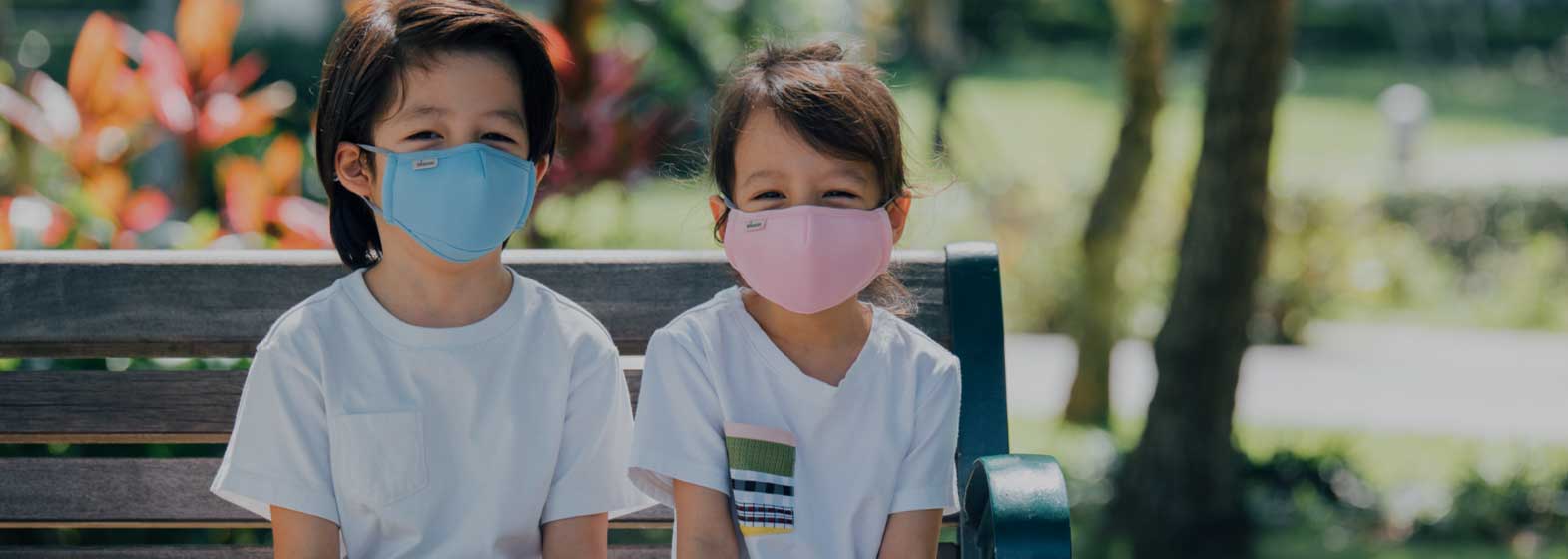
COVID-19 STAFF FAQS: PERSONAL PROTECTIVE EQUIPMENT
- Connexions
- 2020-08-16
- 2642
 When should I wear a fluid repellent surgical mask?
When should I wear a fluid repellent surgical mask?
Fluid repellent surgical masks should be worn for all patient contact (within 2 metre) whether the patient is thought to have COVID-19 or not. On wards where there are COVID-19 patients cohorted, a fluid repellent mask should be worn as soon as you walk onto the ward, with the addition of gloves, apron, and eye protection if required when within 2m of a patient.
You can keep your surgical mask on in between patients and when moving between clinical areas. Masks should be changed appropriately, and please remember not to touch the exterior of the mask.
Masks should never be worn around the neck.
More information is available under Personal Protective Equipment – Mask fitting and removal.
How can I be fit tested for a mask?
If you are a member of staff required to wear level 2 PPE, which includes a Force 8/10 Typhoon reusable mask and/or a disposable FFP3 mask, you must book in to have a fit test before you are next required to use a FFP3 mask.
Fit tests are provided on all four hospital sites.
To book an appointment, please click on the appropriate link in the announcement on the staff intranet, below, and enter your name into an available time slot.
Fit testing - book an appointment
Venue details are included within each of these links.
When should I wear a FFP3 respirator mask?
Filtering face piece (FFP3) respirators should be worn during aerosol generating procedures (AGPs) and at all times in our adult intensive care unit (ICU), and respiratory ward where high flow nasal oxygen and other forms of non-invasive ventilation are in regular use.
In theatres, level 2 PPE should be worn by all individuals within 2 metre of aerosol generating procedures.
How long can I wear a FFP3 respirator mask for?
You can wear the mask continuously for as long as is comfortable and between patients. Manufacturer guidelines differs by product, with up to 3 hours being the average.
You should remove the mask if:
- The mask becomes uncomfortable
- Breathing becomes difficult
- The respirator is damaged or distorted
- The respirator becomes obviously contaminated by respiratory secretions or other bodily fluids
- A proper face fit cannot be contained
Please dispose of the mask safely, without touching the front of it. See Personal Protective Equipment – mask fitting and removal.
Once separated from the face FFP3s must be discarded. Please wash your hands afterwards.
Can you ever wash disposable FFP3 masks?
No, they are currently single use. They must be disposed of appropriately in clinical waste bins after use.
Do surgeons and anaesthetists in theatre participating in aerosol generating procedures need to change FFP3 every hour?
No, you only need to change your mask at the end of the procedure. However, if the procedure requires sterility and sterility is compromised, you will be required to doff, rescrub and redon.
Additionally, if breathing becomes difficult, if the respirator is damaged or distorted, if the respirator becomes obviously contaminated by respiratory secretions or other body fluids, or if a proper face fit cannot be maintained, you should immediately undertake doffing and redonning procedures.
I have a facial condition that makes it difficult for me to wear an FFP3 respirator mask, what should I do?
Please speak to your line manager who may be able to organise a hood for you to use or discuss alternatives.
I have facial skin damage from wearing PPE
A new at-a-glance guide is now available to provide staff with consistent advice for the care of skin whilst wearing facial PPE. Occupational Health has a direct access Dermatology Clinic for any staff member with skin issues and the self-referral form is available on the Occupational Health intranet
Can we ever use FFP2 masks as part of PPE?
FFP2 masks are not currently recommended by Public Health England to be used as part of AGPs. We note that World Health Organisation guidance does support the use of FFP2 masks for aerosol generating procedures, and we will keep this option in reserve.
I have only been fit tested on FSM 16 and 18 masks which are no longer being stocked. Can I use a different FFP3 mask?
You need to get a satisfactory FIT check before you proceed to a patient's room. A Fit test is a slightly different test which we are not currently using.
If you cannot get a good seal and you feel air leaking from the side of the mask no matter how much you adjust it, you should not enter the patient's room for an AGP. There is guidance on the OxStar and the Infection Prevention and Control websites on how to do a Fit check - please see Personal Protective Equipment – Mask fitting and removal. If you have any problems, please speak to your line manager about alternatives.
Does a surgical mask offer the correct protection when dealing with COVID-19 positive patients given the knowledge that there will be aerosols when coughing, laughing and talking and the staff will be close to the patient?
The transmission of COVID-19 is thought to occur mainly through respiratory droplets generated by coughing and sneezing, and through contact with contaminated surfaces. The most common modes of transmission are assumed to be droplet and contact.
Fluid-resistant (Type IIR) surgical masks (FRSM) provide barrier protection against respiratory droplets reaching the mucosa of the mouth and nose. The protective effect of masks against severe acute respiratory syndrome (SARS) and other respiratory viral infections has been well established.
There is no evidence that respirators add value over FRSMs for droplet protection when both are used with recommended wider PPE measures in clinical care, except in the context of Aerosol Generating Procedures (AGPs).
-
 2022-04-26Are air purifiers environmentally friendly ?
2022-04-26Are air purifiers environmentally friendly ? -
 2022-04-26The importance of wearing a mask correctly
2022-04-26The importance of wearing a mask correctly -
 2022-04-27Connexions Air H13 True HEPA Filters
2022-04-27Connexions Air H13 True HEPA Filters -
 2022-04-29What is the use of anion function of air purifier?
2022-04-29What is the use of anion function of air purifier? -
 2022-05-08Standardize the wearing of masks, children should not be missed!
2022-05-08Standardize the wearing of masks, children should not be missed! -
 2022-05-16Hazy days, air purifiers are useful?
2022-05-16Hazy days, air purifiers are useful? -
 2022-05-16Attention everyone! Don't buy fake FFP2 masks! How do we identify?
2022-05-16Attention everyone! Don't buy fake FFP2 masks! How do we identify? -
 2022-05-17Pay attention to secondary pollution when using air purifiers
2022-05-17Pay attention to secondary pollution when using air purifiers -
 2022-05-17TOP5 pollutants that the purifier can purify
2022-05-17TOP5 pollutants that the purifier can purify
-
 2020-06-02Why do Face Masks Matter With This Coronavirus
2020-06-02Why do Face Masks Matter With This Coronavirus -
 2020-06-02How to Wear Mask
2020-06-02How to Wear Mask -
 2020-06-02Three Principles of Choice of Masks
2020-06-02Three Principles of Choice of Masks -
 2020-06-022020 Situation of Mask Market
2020-06-022020 Situation of Mask Market -
 2020-06-17What other preventative measures can you take to protect yourself from airborne substances?
2020-06-17What other preventative measures can you take to protect yourself from airborne substances? -
 2020-06-08The Advantage of Disposable Face Masks
2020-06-08The Advantage of Disposable Face Masks -
 2020-06-093 Ply Disposable Face Mask & Soft & Comfortable Ear Loop
2020-06-093 Ply Disposable Face Mask & Soft & Comfortable Ear Loop -
 2020-06-17What are the regulations for surgical face masks?
2020-06-17What are the regulations for surgical face masks? -
 2020-06-09Do I need to wear a face mask if I am quarantined?
2020-06-09Do I need to wear a face mask if I am quarantined?
CONTACT US


Connexions Technology (Dongguan) Ltd.
We are always providing our customers with reliable products and considerate services.
If you would like to keep touch with us directly, please go to contact us
